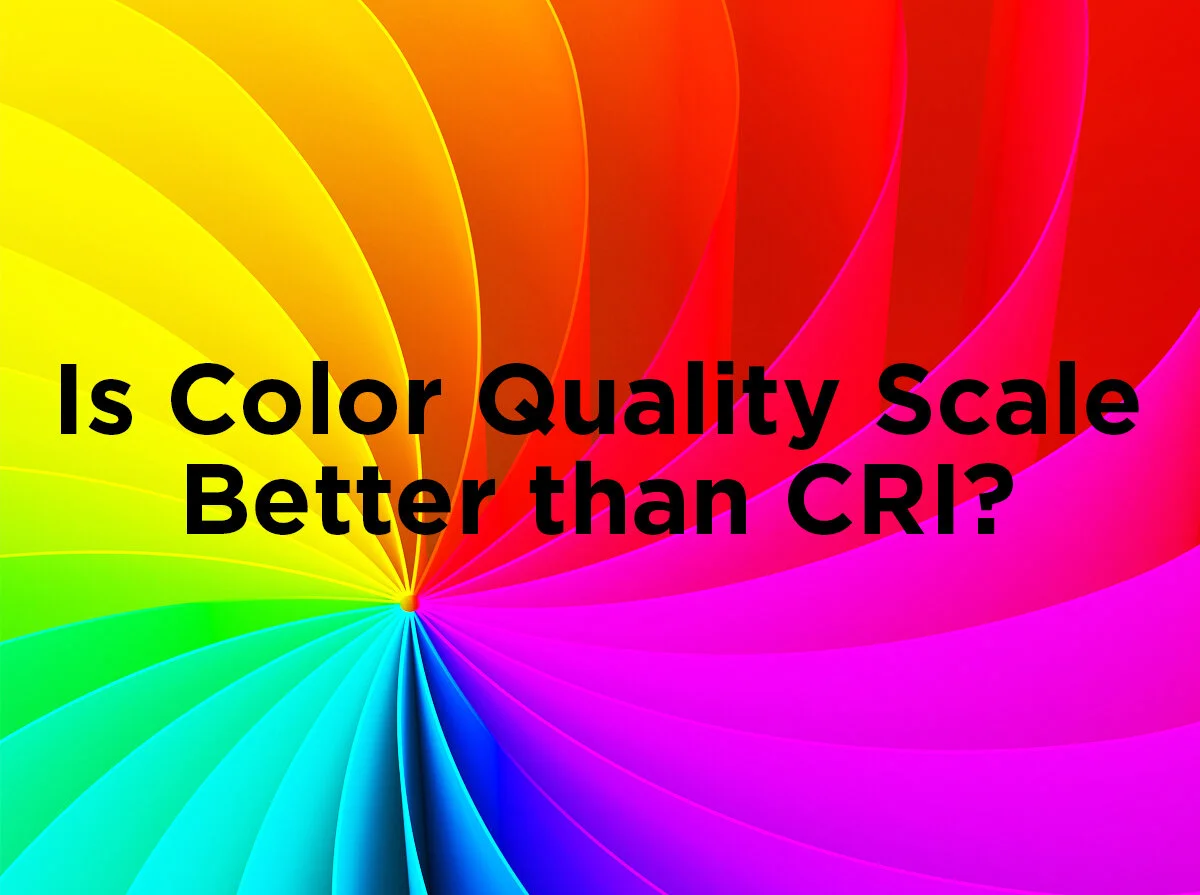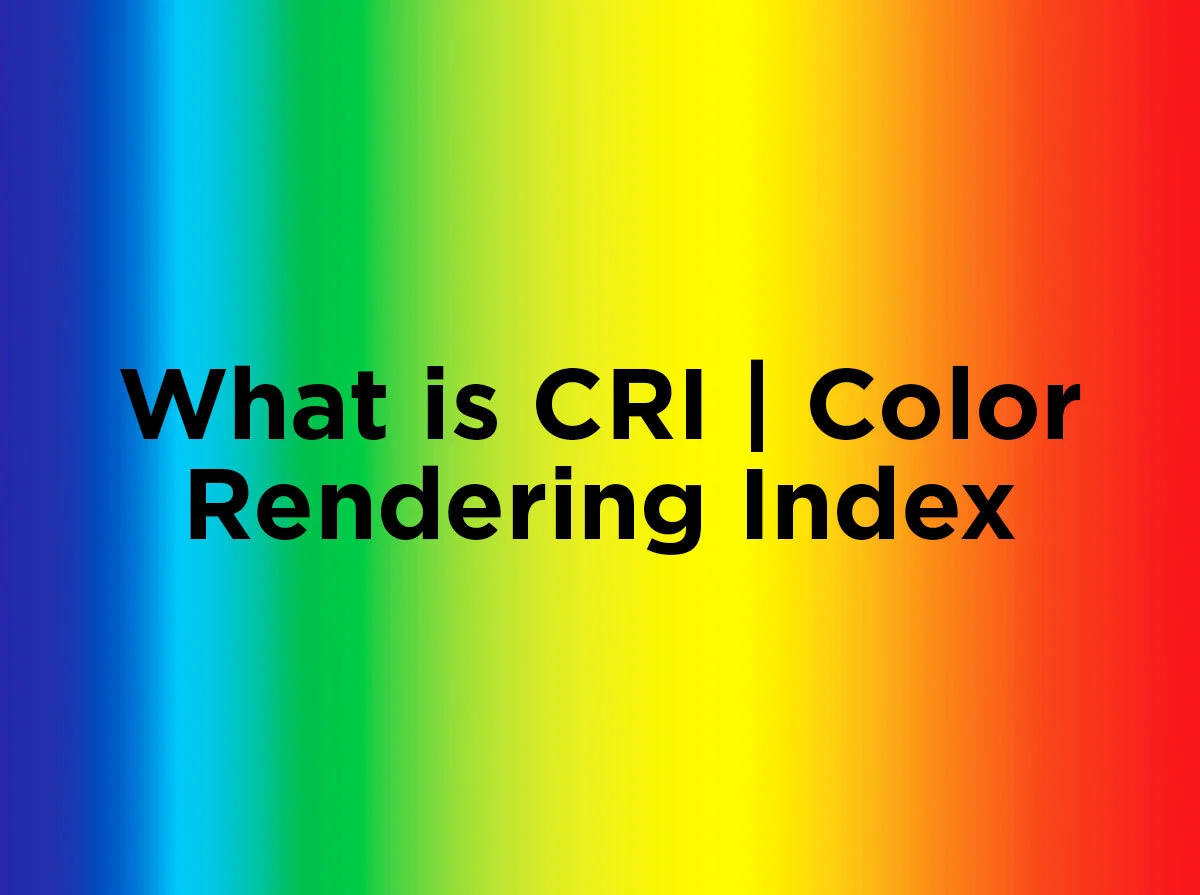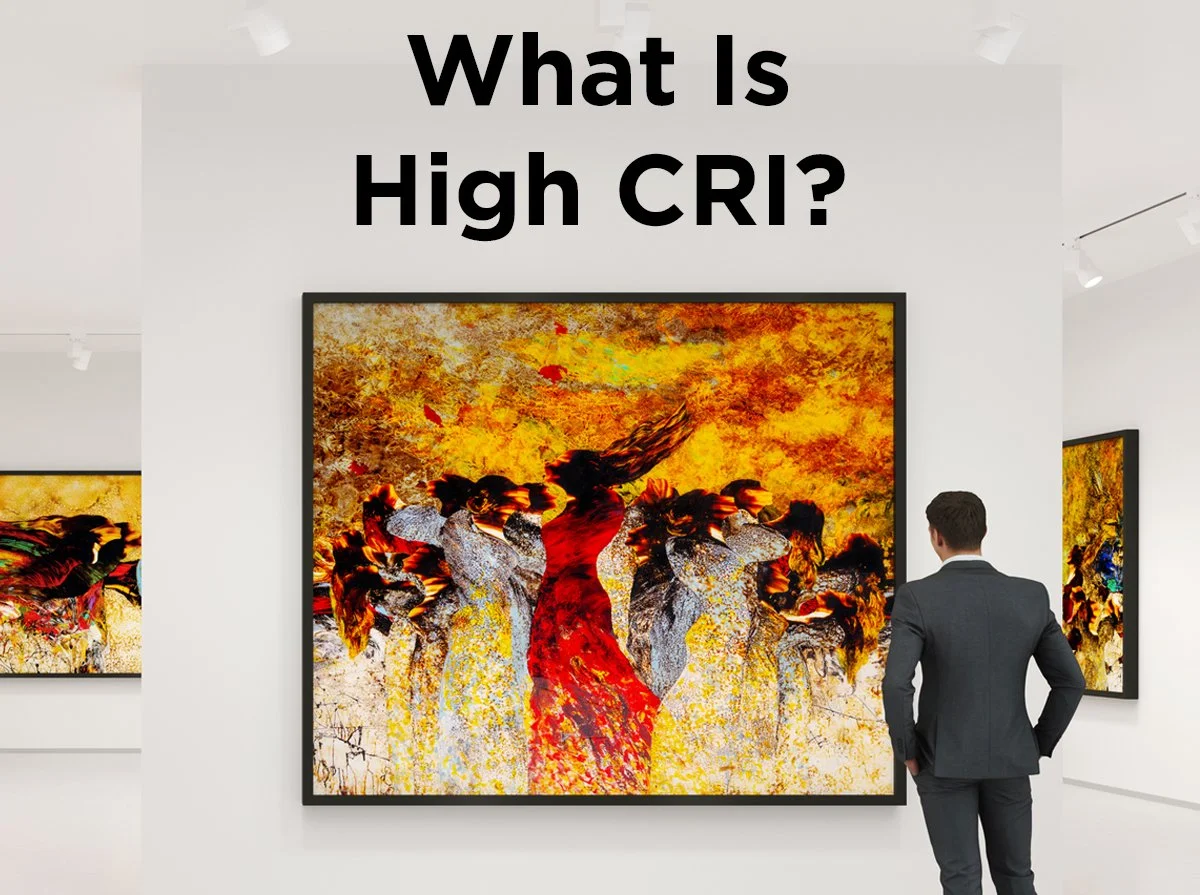Is Color Quality Scale Better than CRI?
Traditionally we've grown to measure the quality of light sources using the Color Rendering Index, or CRI. As explained in previous posts, CRI can be described by how well an artificial light source shows the color of different objects in comparison with a natural light source. Lights with a higher CRI are considered superior light sources because they more closely replicate sunlight. However, with the increased use of LED lighting, certain problems have been identified with the CRI measurement system. Because of these issues, the National Institute of Standards Technology (NIST) has proposed a new metric system called the Color Quality Scale, or CQS. Let’s take a closer look at issues with CRI, the proposal of CQS and how to counteract issues with the current system in place.
Issues with CRI
LED lighting has become increasingly popular. Used commercially and residentially, LEDs are energy efficient, long lasting and boast a CRI that’s typically 80 or higher, on a 100 point scale. Interestingly, incandescent lamps are rated with a higher CRI at 100. However, just because a light source has a high CRI does not necessarily mean that it has the highest color quality. For example, CRI is not good at indicating the appearance of saturated red objects. Red is a complex color which renders a variety of tones. Example of objects with varied red tones includes wood finishes and skin complexions. Because CRI scores do not offer a long red wavelength, both skin tones and wood finishes would likely receive a high CRI rating, regardless of how well they rendered the colors of either, which is inaccurate because each object absorbs light differently, creating different tones of red.
Another issue with CRI is its penalization of color enhancing lights. This means that light sources which improve contrasting colors in objects will likely score lower on the CRI scale. This becomes a problem since contrast in color is often preferred by consumers. Contrast is more visually pleasing. For example, in a lamp where the color gamut, or range of color, is increased and contrast in an object is enhanced, the CRI scale would score the lamp lower because of CRI’s lack of a metric for color enhancement. During one visual evaluation experiment, subjects were asked to rate their preference between color de-saturating light and color enhancing light. Subjects preferred the color enhancing light, despite the de-saturating light having been rated higher on the CRI scale.
Proposal of CQS
The proposed CQS effectively deals with CRI issues. CQS is regarded as a metric system that distinguishes the color quality of light without any disparity. For example, CQS uses a set of 15 color samples to symbolize the full spectrum of colors we visualize. CRI on the other hand only uses 8 pastel colors. Also, unlike CRI, CQS does not penalize light that maintains contrast.
As explained earlier, CRI has been used in the lighting industry for over 40 years. Because of this, there are some concerns with lamp manufacturers and how changing from CRI to CQS would affect existing lamps. The NIST proposes that CQS will preserve uniformity with the CRI rating or scoring system in regards to existing lamps.
Working with the Current System
As consumers, one way to approach the current CRI system is by choosing lamps based on your visual interpretation and the color temperature. For example, in a lamp that is rated with a CRI of 80 and a color temperature of 2700K, you’ll want to pay close attention to how well the lamp actually saturates light, and how well it enhances colors.
Remember CRI is not the most responsive to objects with significantly varied red tones, so you may want to test the saturation of your light around a delicious red apple, or even against your skin to see how well the lamp picks up the red tones in your complexion.
In the end, one thing we can take from the proposal of CQS is that the lighting community still has some work to do. Whether it’s CQS, another rating system, or a re-worked CRI system is used, it is important to create a metric system that adequately understands the color rendering properties of white light and all its splendor. What are your thoughts on CQS and CRI? Write a comment below or leave us a message using Facebook, Twitter, LinkedIn, Pinterest, or Instagram!







